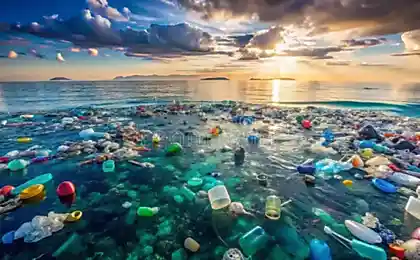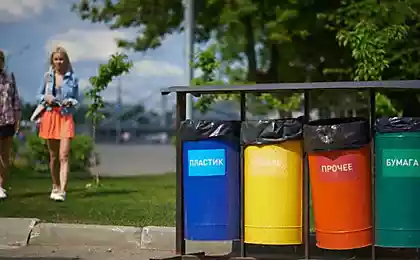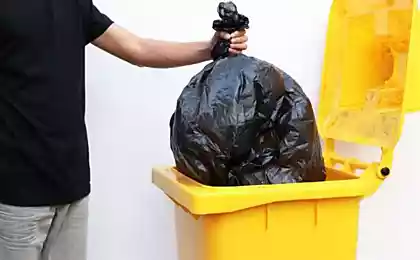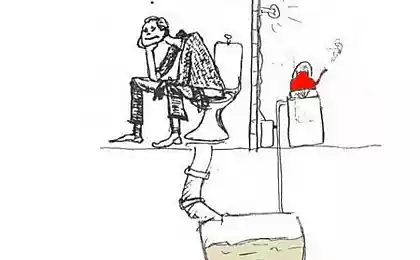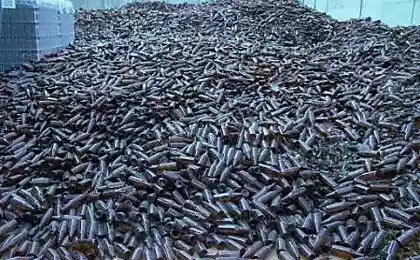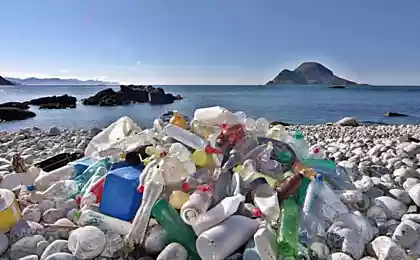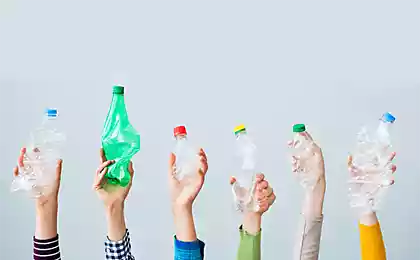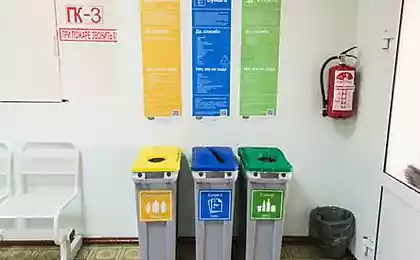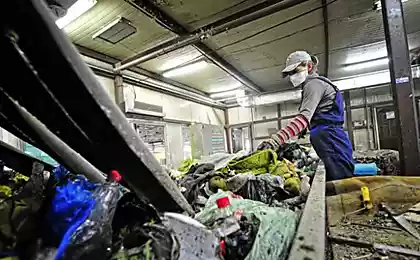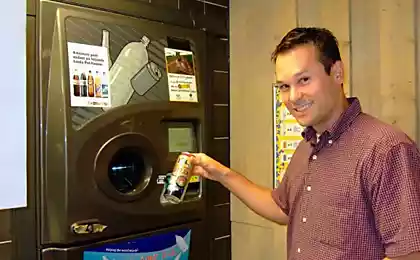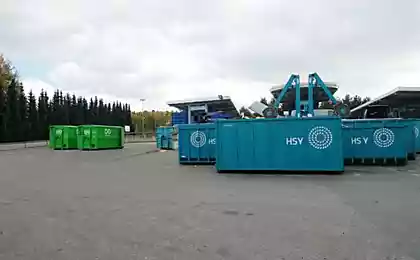127
How does microplastics get into the food we eat every day?
Environmental pollution It is one of the main problems of humanity. According to statistics, on average, each person produces 1 to 1.5 kg of garbage per day. By simple arithmetic, you can find out how much waste is produced in a week, month and year. These numbers are shocking, but this is our reality.

And the worst thing is that, in addition to ordinary plastic (for example, water bottles, various containers and other packaging), There are also microplastics.. That's what we're going to talk about today. I’m sure you haven’t thought about many things before. Stay with us, it will be interesting!
So, first of all, let’s understand what microplastics are and what it is. In fact, the name speaks for itself. Microplastics are called tiny particles of plastic up to 5 mm in size. Sometimes they are so small that it is almost impossible to see them.
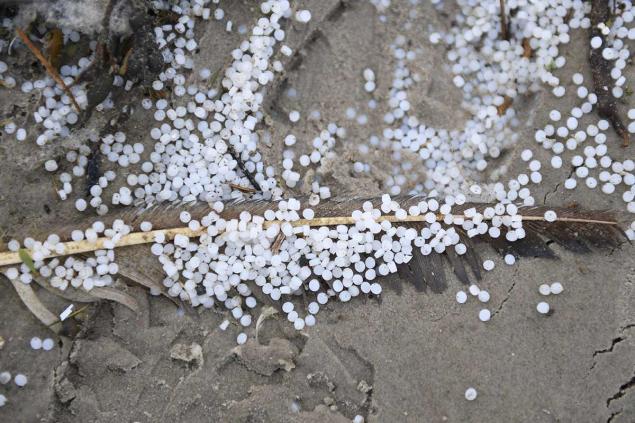
GettyImages Experts distinguish two types of microplastics: primary and secondary. The first enters the environment in its original form, that is, in the form of microparticles. And the second occurs during the breakdown of any plastic container or packaging.
Where does microplastics come from Microplastics - a real environmental scoundrel. Because he hides in seemingly unobvious things. For example, the main source of primary microplastics are considered synthetic tissues. How does it work?
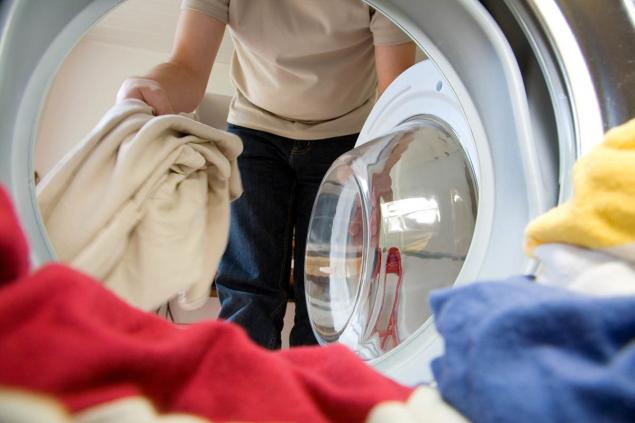
When you wash your clothes out of synthetics, microplastics enter the water. That is why eco-activists emphasize that it is best to buy things from natural fabrics. For example, from flax, hemp or tensel. But you will not be able to completely eliminate synthetics from your life. After all, this fabric is often made of winter or sports clothing.
The next major source of microplastics is tyre. When they wear and wear, microdust enters the environment. This is one of the reasons why public transport is considered an environmentally friendly alternative to owning a car. Yes, buses and trolleybuses also have tires. But one such vehicle can accommodate much more people than a car.
Beauty industry is developing in seven-mile steps. However, unfortunately, a huge number of cosmetics include microplastics. It can be both in scrubs and in creams, shower gels or liquid washing products. To find out if cosmetics are safe, study its composition sufficiently.
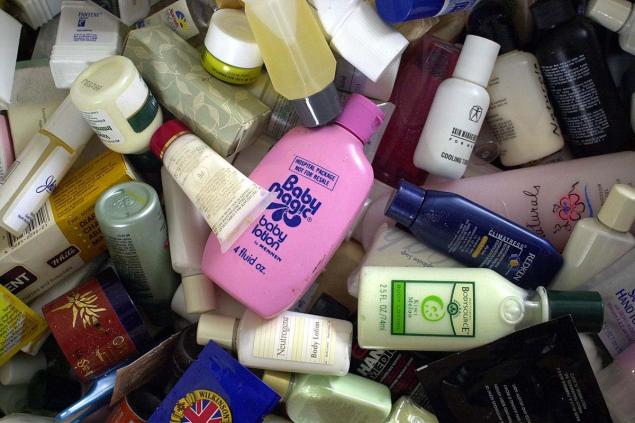
GettyImages Try to avoid components such as Nylon-6, Nylon-12, Polyethylene (PE), Polyethylene terephthalate (PET), Poly(methyl methacrylate) (PMMA), Polypropylene (PP), Polystyrene (PS), Polyurethane (PU), Polytetrafluoroethylene (PTFE).
By the way, the same information applies to decorative cosmetics and hair care products. Advocates of an environmentally friendly lifestyle, as a rule, use only makeup. First of all, it has a gentle lineup. Secondly, it is not tested on animals.
Secondary microplastics enter the environment during decomposition. For example, fishing nets, bottles, containers, bags and other diverse packaging.
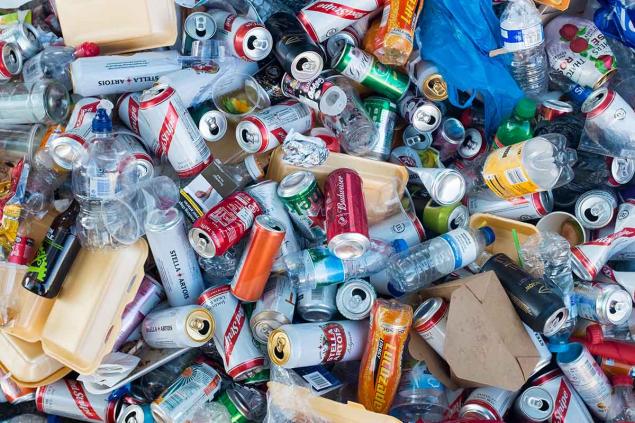
GettyImages Do not buy packages marked "biodegradable". It's just a trick and nothing more. After all, in the composition of such plastic bags there is a chemical additive. This is a special drug that is needed to improve their operation.
If you really want your bag to decompose safely, use starchy raw materials. But keep in mind that such packages are much more expensive than usual.
What is the main problem with microplastics? The biggest problem with microplastics is that Fish and animals consume it with food.. It just gets stuck in their body. Microparticles are also found in plant foods. They come from the soil and water.
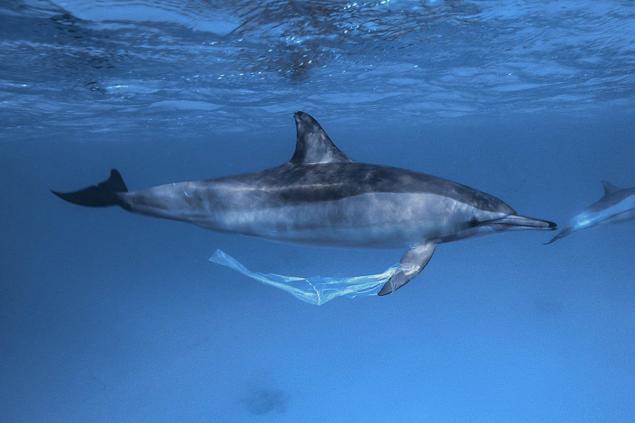
Microplastics enter the human body not only with food, but also just during breathing. And you won’t even notice that you ate something foreign, because the taste of the products will not change.
Scientists have found that the average person eats 5 grams of microplastics per week. It is believed that at least 90% of microplastics naturally leave the body. However, its effect on humans is still being studied.
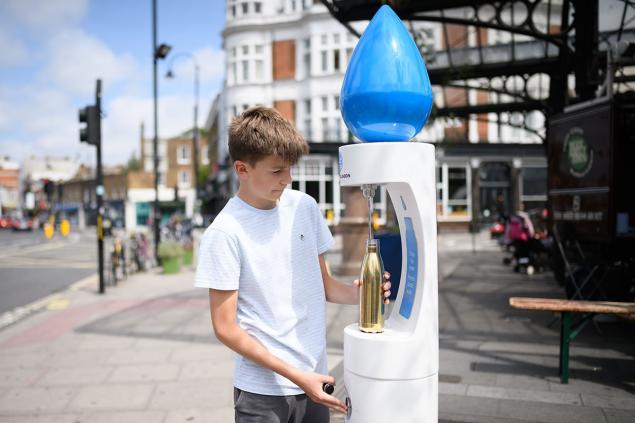
GettyImages If you want to cut down on microplastics, start small. Give up bottled water. And carry your water bottle with you. By the way, it's a healthy cost savings. If you want to explore this topic in more detail, we share informative foreign research.
Almost a year ago, I started sorting garbage by faction and taking it for recycling. Some people find it very difficult. But really, the main thing is just to start.
I can’t imagine throwing a bottle or a package of food in the trash. Sorting has become an integral part of my lifestyle. It's a habit that disciplines and reminds me every day of the main thing: The life of our planet in our hands..
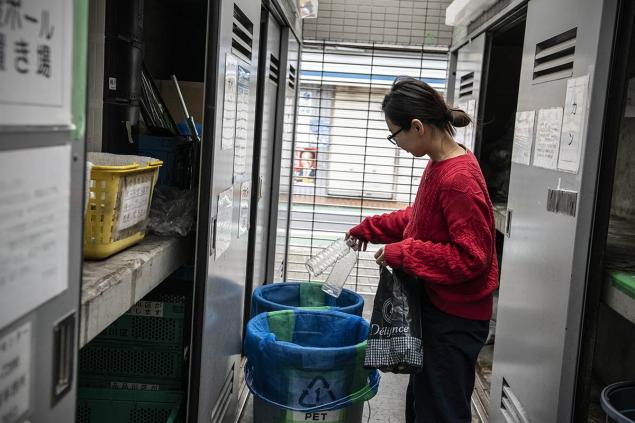
GettyImages If you are still not sorting waste, I advise you to study this issue and not be afraid of difficulties. Environmental pollution This is a serious problem, the solution of which depends not only on the authorities, but also on us. Let’s think about our future together and move step by step to change it!
Photo in article

And the worst thing is that, in addition to ordinary plastic (for example, water bottles, various containers and other packaging), There are also microplastics.. That's what we're going to talk about today. I’m sure you haven’t thought about many things before. Stay with us, it will be interesting!
So, first of all, let’s understand what microplastics are and what it is. In fact, the name speaks for itself. Microplastics are called tiny particles of plastic up to 5 mm in size. Sometimes they are so small that it is almost impossible to see them.

GettyImages Experts distinguish two types of microplastics: primary and secondary. The first enters the environment in its original form, that is, in the form of microparticles. And the second occurs during the breakdown of any plastic container or packaging.
Where does microplastics come from Microplastics - a real environmental scoundrel. Because he hides in seemingly unobvious things. For example, the main source of primary microplastics are considered synthetic tissues. How does it work?

When you wash your clothes out of synthetics, microplastics enter the water. That is why eco-activists emphasize that it is best to buy things from natural fabrics. For example, from flax, hemp or tensel. But you will not be able to completely eliminate synthetics from your life. After all, this fabric is often made of winter or sports clothing.
The next major source of microplastics is tyre. When they wear and wear, microdust enters the environment. This is one of the reasons why public transport is considered an environmentally friendly alternative to owning a car. Yes, buses and trolleybuses also have tires. But one such vehicle can accommodate much more people than a car.
Beauty industry is developing in seven-mile steps. However, unfortunately, a huge number of cosmetics include microplastics. It can be both in scrubs and in creams, shower gels or liquid washing products. To find out if cosmetics are safe, study its composition sufficiently.

GettyImages Try to avoid components such as Nylon-6, Nylon-12, Polyethylene (PE), Polyethylene terephthalate (PET), Poly(methyl methacrylate) (PMMA), Polypropylene (PP), Polystyrene (PS), Polyurethane (PU), Polytetrafluoroethylene (PTFE).
By the way, the same information applies to decorative cosmetics and hair care products. Advocates of an environmentally friendly lifestyle, as a rule, use only makeup. First of all, it has a gentle lineup. Secondly, it is not tested on animals.
Secondary microplastics enter the environment during decomposition. For example, fishing nets, bottles, containers, bags and other diverse packaging.

GettyImages Do not buy packages marked "biodegradable". It's just a trick and nothing more. After all, in the composition of such plastic bags there is a chemical additive. This is a special drug that is needed to improve their operation.
If you really want your bag to decompose safely, use starchy raw materials. But keep in mind that such packages are much more expensive than usual.
What is the main problem with microplastics? The biggest problem with microplastics is that Fish and animals consume it with food.. It just gets stuck in their body. Microparticles are also found in plant foods. They come from the soil and water.

Microplastics enter the human body not only with food, but also just during breathing. And you won’t even notice that you ate something foreign, because the taste of the products will not change.
Scientists have found that the average person eats 5 grams of microplastics per week. It is believed that at least 90% of microplastics naturally leave the body. However, its effect on humans is still being studied.

GettyImages If you want to cut down on microplastics, start small. Give up bottled water. And carry your water bottle with you. By the way, it's a healthy cost savings. If you want to explore this topic in more detail, we share informative foreign research.
Almost a year ago, I started sorting garbage by faction and taking it for recycling. Some people find it very difficult. But really, the main thing is just to start.
I can’t imagine throwing a bottle or a package of food in the trash. Sorting has become an integral part of my lifestyle. It's a habit that disciplines and reminds me every day of the main thing: The life of our planet in our hands..

GettyImages If you are still not sorting waste, I advise you to study this issue and not be afraid of difficulties. Environmental pollution This is a serious problem, the solution of which depends not only on the authorities, but also on us. Let’s think about our future together and move step by step to change it!
Photo in article
What is the reason for the strong cat smell in the apartment and why some cats do not have it
The Tasty Foods Everyone Eats to Keep Up With Fashion

